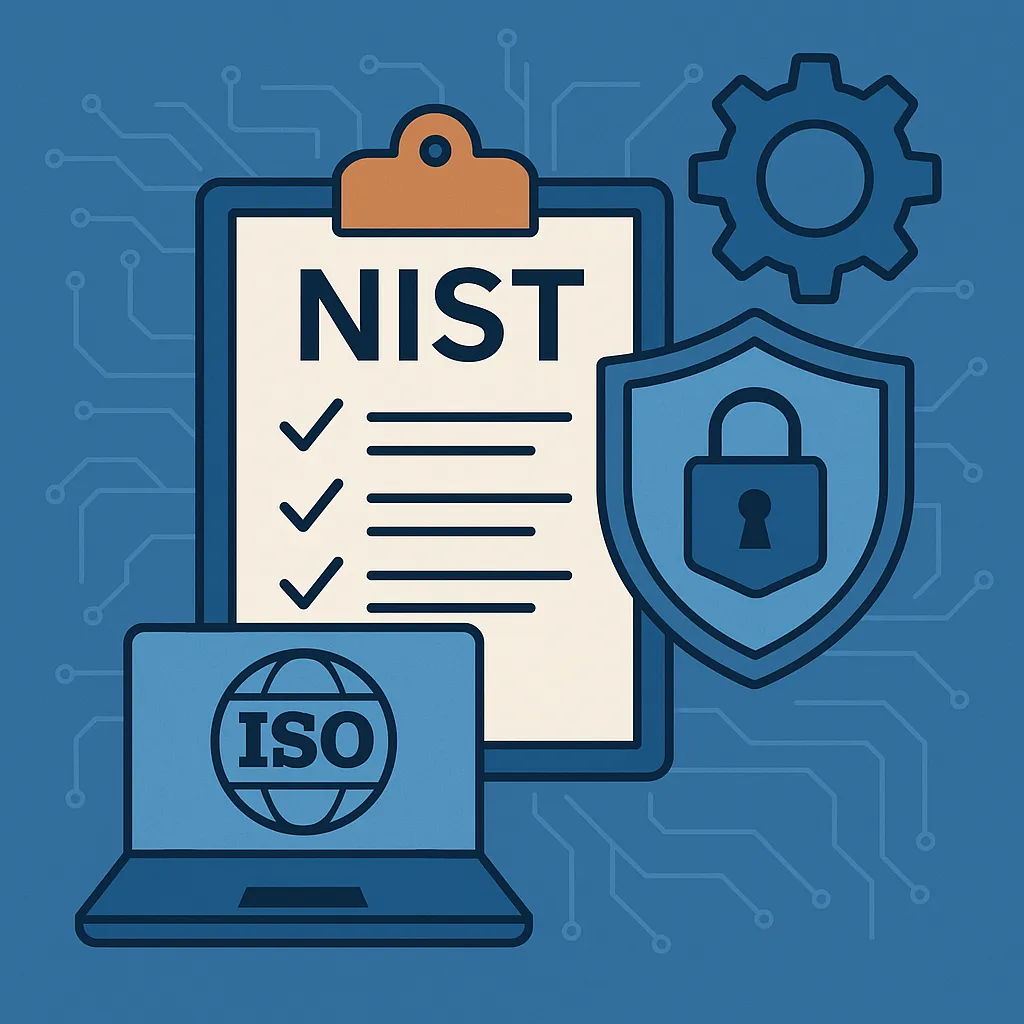Understanding the NIST Cybersecurity Framework and Its Impact
The National Institute of Standards and Technology's (NIST) Cybersecurity Framework stands as a cornerstone in the world of cybersecurity, guiding organizations through the complexities of securing their information systems. This blogpost dives into what the NIST Framework entails, its latest updates, and why it's critical for your organization's cybersecurity strategy.
What is the NIST Cybersecurity Framework?
Originally published in 2014 and recently updated to its 2.0 version in 2024 as noted by SecurityWeek, the NIST Cybersecurity Framework provides a high-level taxonomy consisting of guidelines, standards, and best practices to manage cybersecurity-related risk. The framework's holistic approach aids in planning, measuring, and managing an organization's cybersecurity posture and resilience.
Core Components of the Framework
Identify
The first function involves developing an organizational understanding to manage cybersecurity risk to systems, assets, data, and capabilities.
Protect
This function outlines safeguards to ensure delivery of critical infrastructure services.
Detect
The key to timely discovery of cybersecurity events.
Respond
After detecting a breach, how does the organization respond?
Recover
Focuses on restoring services that were impaired due to a cybersecurity event.
Why Cybersecurity Frameworks Are Essential
Citing a publication from Digital Guardian, frameworks are not just about compliance but about guiding companies in a landscape filled with evolving threats. They help organizations to not only plan and implement secure environments but also ensure continuous improvement in security practices.
Real-World Applications and Challenges
From small businesses to large enterprises, the adoption of the NIST Cybersecurity Framework has shown significant benefits in enhancing security postures. However, a recent Supreme Court ruling as detailed by SecurityWeek threatens the regulatory landscape, suggesting that institutions must stay agile and informed to navigate future legal and security challenges.
Takeaway
With cybersecurity threats growing more sophisticated by the day, utilizing frameworks like NIST's can definitively help organizations align their cybersecurity measures with industry best practices. However, adaptation remains key; as external conditions change, so too must our approaches to managing cyber risks.

